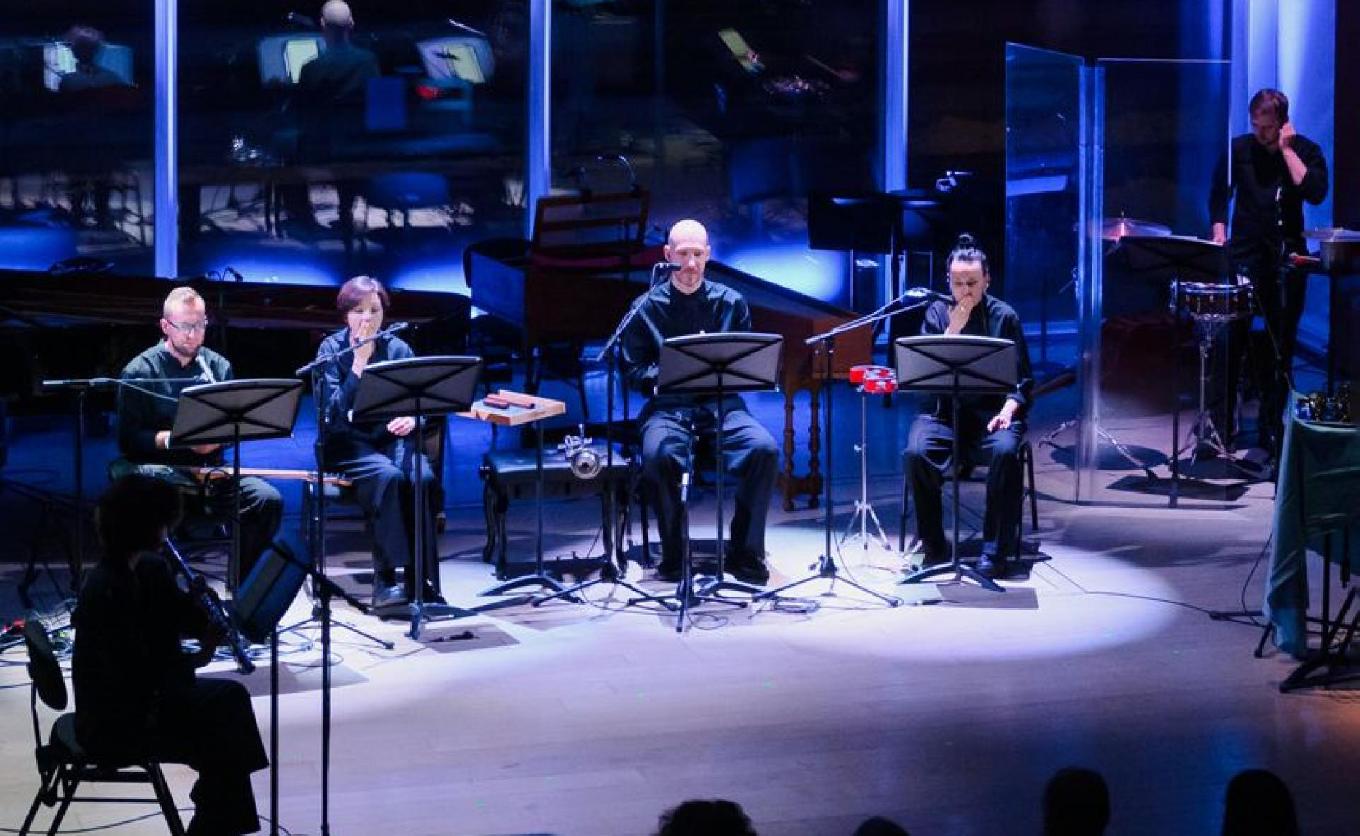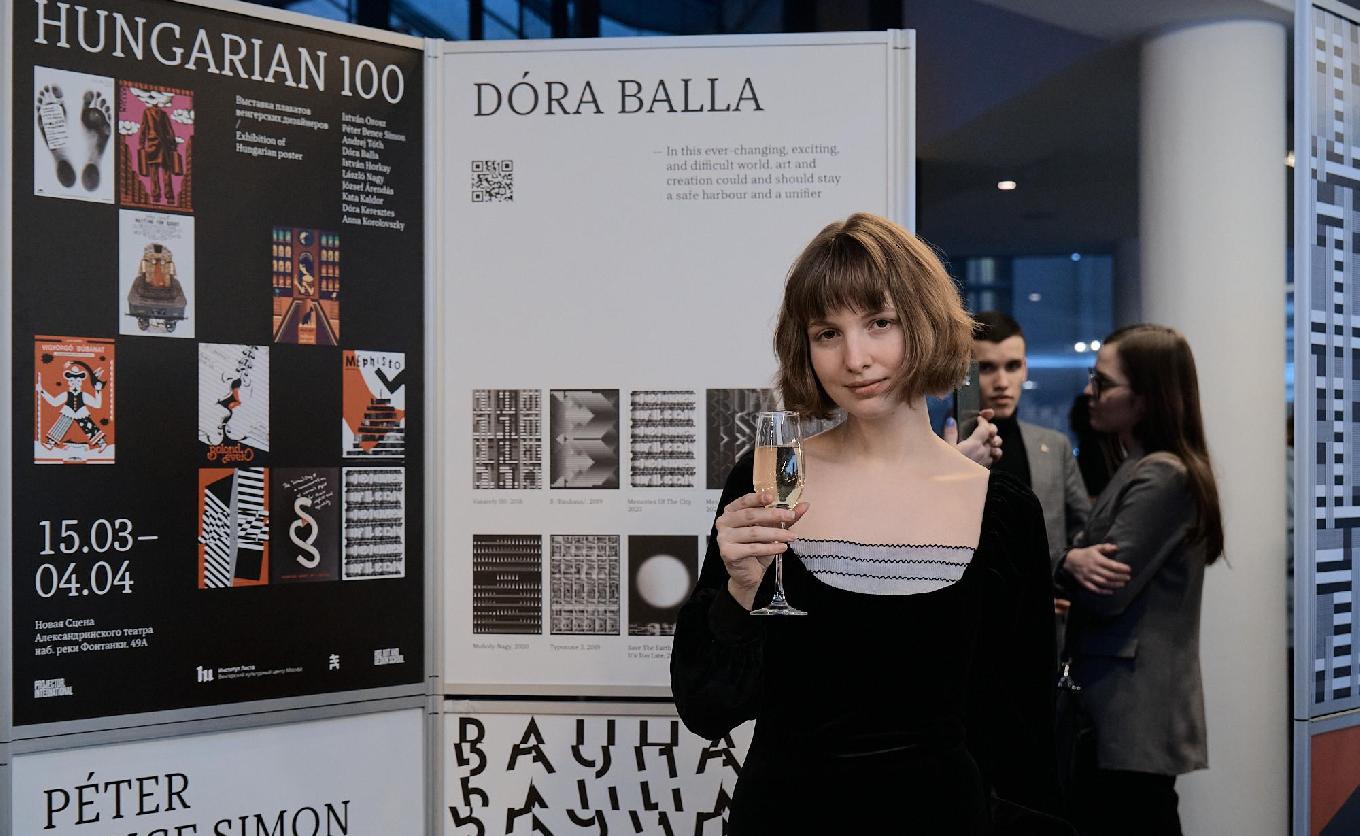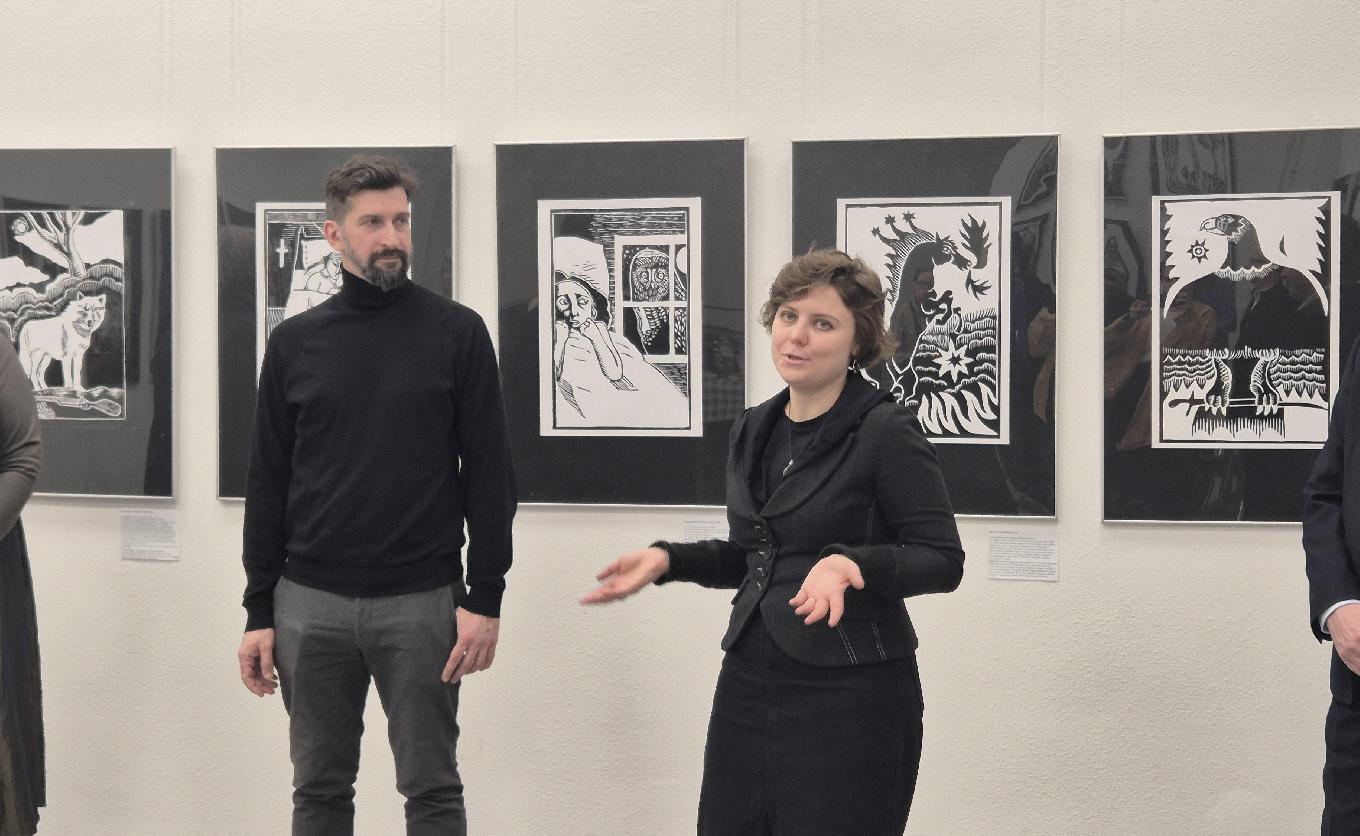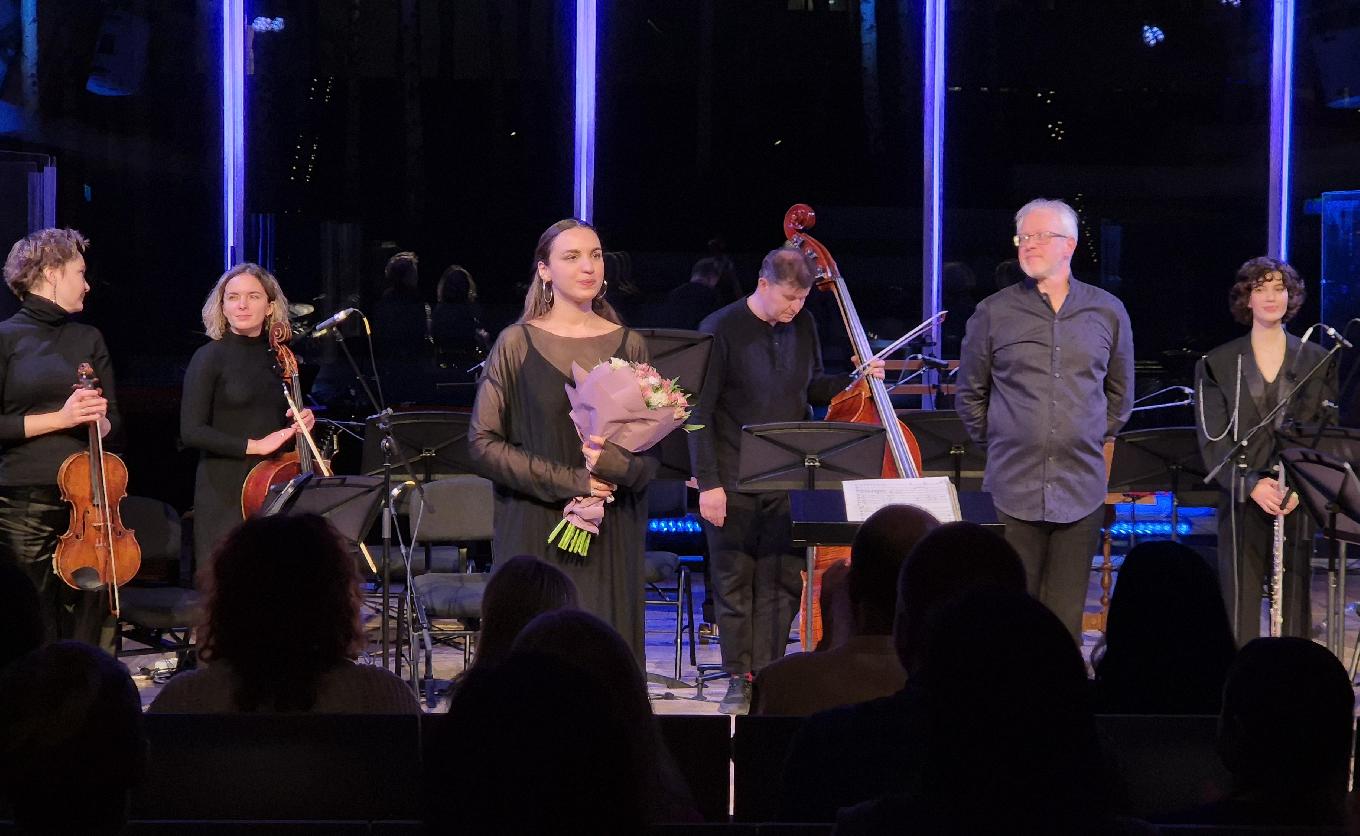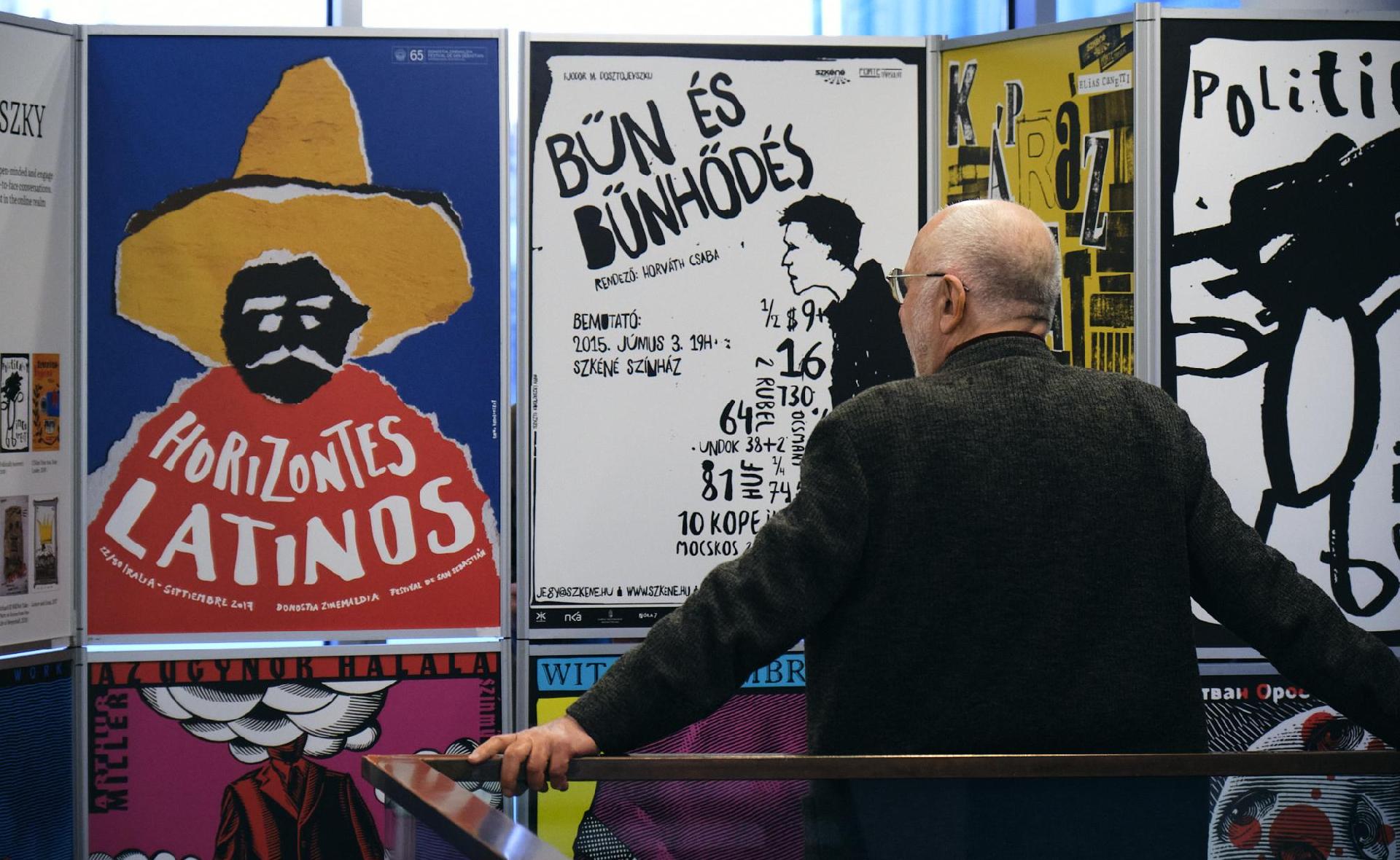
Diverse Hungarian Programs Across Russia
The Liszt Institute in Moscow offered a variety of Hungarian cultural programs to the Russian audience in March. In St. Petersburg, they showcased the "Bestiarium Hungaricum" publication, which highlights the traditions and iconic figures of Hungarian folk culture, and organized a literary café where attendees could explore the "cultural codes" that characterized Hungarian daily life in the 1970s and 1980s. In Moscow, they presented the Hungarian design-themed publication Projektor.Hungary, from which an exhibition was also launched. On the 15th of March, the Russian-language edition of Péter Nádas's collection of essays was introduced to the public, and they also kicked off their "From Kurtág to Ligeti" concert series.
The Csodaszarvas (Wonder Stag), Turul, Bányarém (Mine Monster), Markoláb, Garabonciás, and Prikulics. Iconic Figures from Hungarian Folklore and Mythology. These are the creatures collected in “Bestiarium Hungaricum”, which for the first time attempts to provide an overview of the relevant traditions in Hungarian folk culture, showcasing its most characteristic segments. The beings of Hungarian belief are brought to life through Gyula Németh's colorful graphics, P. Szathmáry István's black-and-white linocuts, and Zoltán Magyar's ethnographic and cultural-historical descriptions. The “Bestiarium Hungaricum” becomes truly special through the symbiosis of these two cultural approaches: image and text. After its presentation in Moscow, the Institute also displayed the exhibition at the St. Petersburg Book Graphic Library on March 5, where Béla Báthori, the First Secretary of the Consulate, and Sándor Kozlov, the Director of the Institute, delivered opening speeches.
On March 4, 2025, the Liszt Institute in Moscow organized a literary café event in collaboration with the Consulate General of St. Petersburg. During this gathering, guests had the opportunity to explore the symbols and "cultural codes" that characterized Hungarian daily life in the 1970s and 1980s. Sándor Kozlov, the Director of the Institute, and Natalia Dyachenko, a translator, presented typical objects, foods, and customs from Hungarian life several decades ago. The event also highlighted common Hungarian abbreviations, expressions, catchphrases, films, TV series, commercials, and jingles. During the slide presentation, the guests had the opportunity to see items like the soda siphon, the lunchbox, the Trabant and other cars of the era, chestnut puree, Sport bars, and Túró Rudi. They also learned the meanings and significance of abbreviations like ABC, KÖZÉRT, and SZTK in Hungarian daily life, and heard famous quotes from Hungarian comedians (such as Géza Hofi and László Kabos) and films (like Macskafogó and A Tanú), which have become iconic. The full-house event concluded with an informal conversation, where guests enjoyed strudel and a glass of Hungarian wine.
On February 21, “Projector.Hungary”, a joint design-themed publication by the Liszt Institute in Moscow and the St. Petersburg State University of Economics, was presented in Moscow. The nearly 80-page magazine not only explores Hungarian poster culture but also introduces renowned creators such as István Orosz, Dóra Keresztes, Kata Káldor, István Horkay, Anna Korolovszky, László Herbszt, Andrej Tóth, László Nagy, József Árendás, Dóra Balla, and Bence Péter Simon. The magazine’s editor-in-chief is Mitya Harsak, head of the Design Department at St. Petersburg State University of Economics. To accompany the publication, a traveling poster exhibition was created with the title of “Hungarian HUNdred”, which showcases 100 notable Hungarian posters. The traveling exhibition first opened on March 14 at the Alexandrinsky Theatre in St. Petersburg. At the vernissage, Viktor Szederkényi, the Consul General, and Mitya Harsak, the typographer and head of the Design Department, gave speeches. The exhibition is opened to the public until April 15.
On March 18, the Russian-language edition of Péter Nádas' essay collection was presented during an online video conference. The „Goldene Adele” essay collection, compiled by the late translator Vyacheslav Sereda, was published by Ivan Limbach's publishing house in 2024. This collection presents the best examples of Nádas’s intellectual prose, reflecting a wide range of cultural phenomena, from philosophy and anthropology to theater and photography. The online literary event supporting the release discussed the creation of the book, the specifics of the translation, the challenges encountered during the project, and the impressions of the texts included in the collection.
The Liszt Institute in Moscow is organizing a Hungarian contemporary music series titled „From Kurtág to Ligeti” („Kurtágtól Ligetiig”). The first event of the series, held on March 22, featured a performance by cimbalom artist Anohina Yekaterina, violinist Ivan Naborsikov, and pianist Daniil Kondratyev, who played works by Hungarian 20th-century contemporary composers, including György Kurtág, György Ligeti, Béla Bartók, and others. The first concert of the series was realized in collaboration with the Moscow State Academic Philharmonic.

